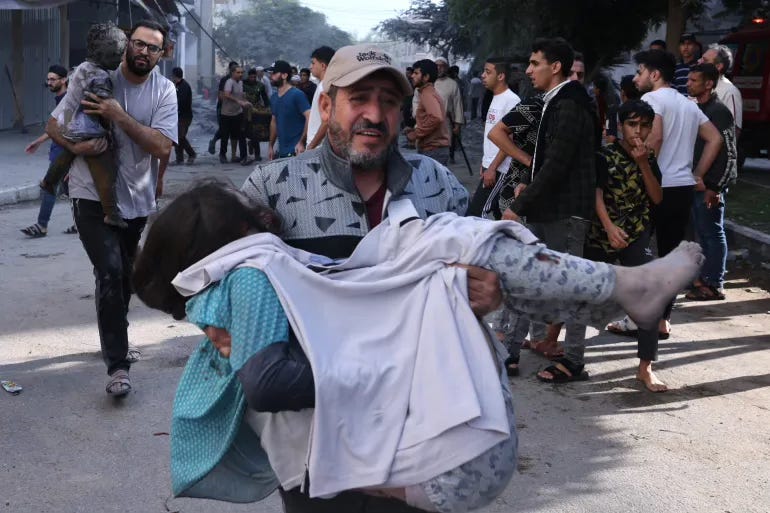The Gaza Record, October 18
A date when Jabalia was reduced to ashes, and Khan Yunis faced atrocity
By Dominick Skinner | 18 October 2025
We’ve seen so many atrocities in Gaza committed by Israel that they fade from memory. The Gaza Record is our attempt to bring these events under a fresh light as we look back each day on the crimes committed on that date. October 18 is remembered for the bodies pulled from rubble in Ja…



